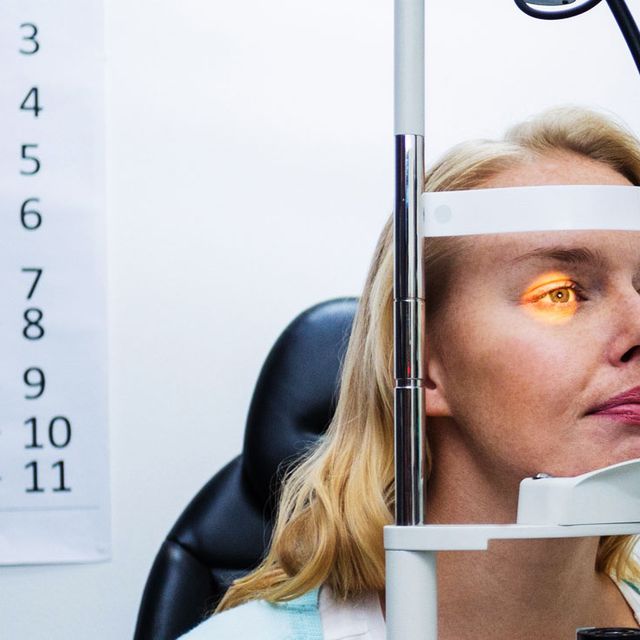
Blog

Contact lenses remain one of the most popular vision correction solutions for patients who suffer from refractive eye conditions like near-sightedness, far-sightedness, and astigmatism. These conditions occur because the light that enters the eye isn’t refracted onto the retina properly, causing the image that is sent from the eye to the brain to be scrambled and our vision blurred. These refractive eye errors can occur at any age. However, as we get older there is another issue to address – presbyopia. Presbyopia is a condition that is characterized by the age-related degeneration of vision caused by the lens of the eye becoming thicker, harder and less flexible. Presbyopia makes it difficult for the sufferer to focus on objects that are close to their eyes, but they can still see those that are further away fairly clearly.
Patients who have presbyopia typically need several different prescriptions in order to correct their vision perfectly. This is what will enable them to see clearly at all distances. Fortunately, there is a single solution that will cover all of your vision requirements – multifocal lenses. Multifocal lenses are available both as options for glasses and as contact lenses.
What are multifocal contact lenses?
Multifocal contact lenses are conventional contact lenses that are made with different lens powers so that the wearer can see clearly at different distances. Essentially this means that they have several different prescriptions combined into a single lens so that the patient doesn’t have the hassles of changing their contact lenses in order to see clearly at different distances.
How do multifocal contact lenses work?
There are primarily two different designs of multifocal contact lenses and these work in slightly different ways. The most common type is known as simultaneous vision multifocal lenses. These lenses have specific zones for close or far vision, and these zones can be distinct or blended which enables a gradual change in prescription across the zones of the lens. While your eye will technically look through both prescriptions at the same time, they will focus using the section of the lens that you need to see clearly, adjusting for near or far vision.
The other type of multifocal lens is known as segmented or alternating vision multifocal lenses. Their design works in a way that is very similar to that used in bifocal lenses. The top and middle sections of the lens will contact the prescription that you use for distance vision, while the lower segment has your prescription for close vision.
Multifocal contact lenses are available in both soft lens and rigid, gas-permeable varieties, meaning that there is likely to be a suitable variety for virtually any patient. Your eye doctor will be able to make a recommendation as to which they think will be the most suitable choice for you based on your needs and your lifestyle.
What are the benefits of multifocal contact lenses?
There is a range of advantages to choosing multifocal contact lenses to correct your vision. These include:
- Great visual acuity at all distances.
- No need to change your contact lenses or take glasses with you so that you can see clearly in all situations.
- A less abrupt switch between your visual prescriptions, making it easier for your eyes to adjust.
- You only need to buy and take care of one set of lenses.
- Multifocal contact lenses are a great choice for patients who have multiple prescription requirements but are unable to wear glasses all or even part of the time.
If you would like more information about how multifocal contact lenses work, please get in touch with our expert eye care team who will be delighted to assist you.



